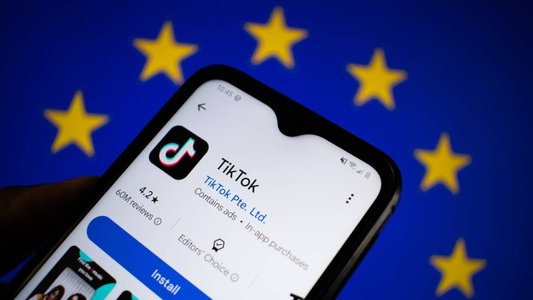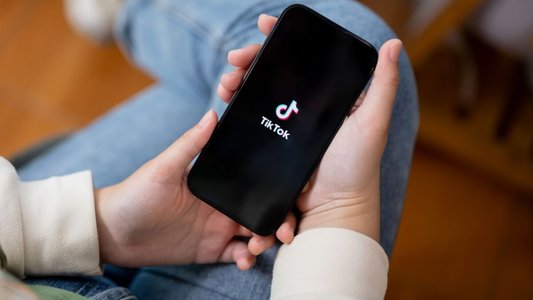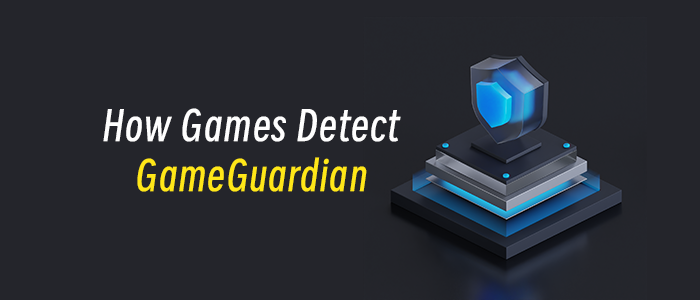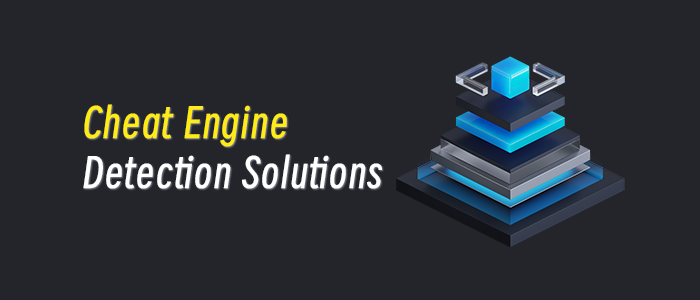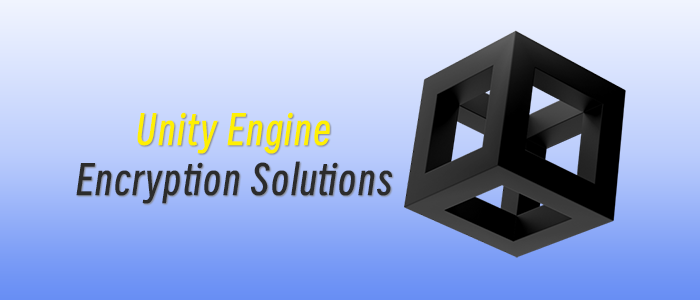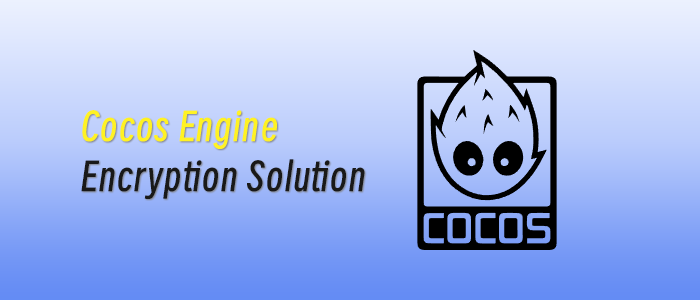The advent of quantum computing represents a fundamental shift in computational capabilities that threatens the cryptographic foundation of modern digital security. As quantum computers evolve from theoretical concepts to practical reality, they pose an existential threat to the encryption algorithms that protect everything from personal communications to national security secrets. Post-quantum cryptography is changing cybersecurity, exposing new weaknesses, and demanding swift action to keep data safe.
The quantum threat is not merely theoretical; experts estimate that cryptographically relevant quantum computers (CRQCs) capable of breaking current encryption may emerge within the next 5-15 years. This timeline has sparked the “Harvest Now, Decrypt Later” (HNDL) strategy, where threat actors collect encrypted data today with the intention of decrypting it once quantum capabilities mature. The urgency of this transition cannot be overstated, as government mandates and industry requirements are accelerating the timeline for post-quantum adoption across all sectors. The US government has established clear requirements through NIST guidelines, with key milestones including deprecation of 112-bit security algorithms by 2030 and mandatory transition to quantum-resistant systems by 2035. The UK has similarly established a roadmap requiring organizations to complete discovery phases by 2028, high-priority migrations by 2031, and full transitions by 2035.
The Quantum Threat Landscape
Understanding Quantum Computing Vulnerabilities
Quantum computers operate on fundamentally different principles than classical computers, utilizing quantum mechanics properties like superposition and entanglement to achieve unprecedented computational power. The primary threats to current cryptographic systems come from two key quantum algorithms: Shor’s algorithm, which can efficiently factor large integers and solve discrete logarithm problems, and Grover’s algorithm, which provides quadratic speedup for brute-force attacks against symmetric encryption.
Current widely-used public-key cryptographic systems including RSA, Elliptic Curve Cryptography (ECC), and Diffie-Hellman key exchange are particularly vulnerable to quantum attacks. While symmetric cryptography like AES remains relatively secure with increased key sizes, the asymmetric encryption that forms the backbone of modern secure communications faces an existential threat.
Impact on Cryptographic Security Levels
The quantum threat manifests differently across various cryptographic systems. Current expert estimates place the timeline for cryptographically relevant quantum computers at approximately 2030, with some predictions suggesting breakthrough capabilities could emerge as early as 2028. This timeline has prompted a fundamental reassessment of cryptographic security levels:
| Algorithm | Based On | Classical Time (e.g., 2048 bits) | Quantum Time (Future) |
| RSA | Integer Factorization | ~10²⁰ years (secure) | ~1 day (with 4,000 logical qubits) |
| DH | Discrete Log | ~10²⁰ years | ~1 day |
| ECC | Elliptic Curve Log | ~10⁸ years (for 256-bit curve) | ~1 hour |
*Note: These estimates refer to logical qubits; each logical qubit requires hundreds to thousands of physical qubits due to quantum error correction.
Current Security Protocols Under Threat
Transport Layer Security (TLS)
TLS protocols face significant quantum vulnerabilities in both key exchange and authentication mechanisms. Current TLS implementations rely heavily on elliptic curve cryptography for key establishment and RSA/ECDSA for digital signatures, both of which are susceptible to quantum attacks. The transition to post-quantum TLS involves implementing hybrid approaches that combine traditional algorithms with quantum-resistant alternatives like ML-KEM (formerly CRYSTALS-Kyber).
Performance implications are substantial, with research showing that quantum-resistant TLS implementations demonstrate varying levels of overhead depending on the algorithms used and network conditions. Amazon’s comprehensive study reveals that post-quantum TLS 1.3 implementations show time-to-last-byte increases staying below 5% for high-bandwidth, stable networks, while slower networks see impacts ranging from 32% increase in handshake time to under 15% increase when transferring 50KiB of data or more.
Advanced Encryption Standard (AES)
Quantum computers can use Grover’s algorithm to speed up brute-force attacks against symmetric encryption. Grover’s algorithm provides a quadratic speedup, reducing attack time from 2ⁿ to roughly √(2ⁿ) = 2^(n/2).
| AES Key Size | Grover’s Effective Attack | Effective Key Strength |
| AES-128 | ~2⁶⁴ operations | Equivalent to 64-bit key |
| AES-256 | ~2¹²⁸ operations | Equivalent to 128-bit key |
The practical implication is that quantum computers effectively halve the security strength of symmetric encryption algorithms.
IPSec and VPN Technologies
IPSec protocols require comprehensive quantum-resistant upgrades across multiple components. Key exchange protocols like IKEv2 must implement post-quantum key encapsulation mechanisms, while authentication systems need quantum-resistant digital signatures.
Cisco Secure Key Integration Protocol (SKIP) represents a significant advancement in quantum-safe VPN technology. SKIP is an HTTPS-based protocol that allows encryption devices to securely import post-quantum pre-shared keys (PPKs) from external key sources. This protocol enables organizations to achieve quantum resistance without requiring extensive firmware upgrades, providing a practical bridge to full post-quantum implementations.


SKIP uses TLS 1.2 with Pre-Shared Key – Diffie-Hellman Ephemeral (PSK-DHE) cipher suite, making the protocol quantum-safe. The system allows operators to leverage existing Internet Protocol Security (IPSec) or Media Access Control Security (MACsec) while integrating post-quantum external sources such as Quantum Key Distribution (QKD), Post-Quantum Cryptography (PQC), pre-shared keys, or other quantum-secure methods. Cisco supports SKIP in IOS-XE.
Vulnerable Cryptographic Algorithms
RSA Encryption
RSA security relies on the difficulty of factoring large semiprime integers (products of two large primes). It is widely used for secure web communication, digital signatures, and email encryption. Asymmetric key exchange systems face significant risk from future quantum threats, as a quantum computer with sufficient quantum bits, along with improvements in stability and performance, could break large prime number factorization. This vulnerability could render RSA-based cryptographic systems insecure within the next decade.
Diffie-Hellman (DH) / DSA / ElGamal
These algorithms are based on the hardness of the discrete logarithm problem in finite fields using modular arithmetic. They are used in key exchange (DH), digital signatures (DSA), and encryption (ElGamal). Shor’s algorithm can break discrete logarithm problems as efficiently as integer factorization. Current estimates suggest that DH-2048 or DSA-2048 could be broken in hours or days on a large quantum computer using approximately 4,000 logical qubits.
Post-Quantum Cryptography Standards
NIST Standardization Process
The National Institute of Standards and Technology (NIST) has finalized three initial post-quantum cryptography standards:
FIPS 203 (ML-KEM): Module-Lattice-Based Key-Encapsulation Mechanism, derived from CRYSTALS-Kyber, serving as the primary standard for general encryption. ML-KEM defines three parameter sets:
- ML-KEM-512: Provides baseline security with encapsulation keys of 800 bytes, decapsulation keys of 1,632 bytes, and ciphertexts of 768 bytes
- ML-KEM-768: Enhanced security with encapsulation keys of 1,184 bytes, decapsulation keys of 2,400 bytes, and ciphertexts of 1,088 bytes
- ML-KEM-1024: Highest security level with proportionally larger key sizes
FIPS 204 (ML-DSA): Module-Lattice-Based Digital Signature Algorithm, derived from CRYSTALS-Dilithium, intended as the primary digital signature standard. Performance evaluations show ML-DSA as one of the most efficient post-quantum signature algorithms for various applications.
FIPS 205 (SLH-DSA): Stateless Hash-Based Digital Signature Algorithm, derived from SPHINCS+, providing a backup signature method based on different mathematical foundations. While SLH-DSA offers strong security guarantees, it typically involves larger signature sizes and higher computational costs compared to lattice-based alternatives.
Implementation Challenges and Considerations
The transition to post-quantum cryptography presents several significant challenges:
Performance Overhead: Post-quantum algorithms typically require more computational resources than classical cryptographic methods. Embedded systems face particular constraints in terms of computing power, energy consumption, and memory usage. Research indicates that while some PQC algorithms can be more energy-efficient than traditional methods in specific scenarios, the overall impact varies significantly based on implementation and use case.
Key Size Implications: Many post-quantum algorithms require significantly larger key sizes compared to traditional public-key algorithms. For example, code-based KEMs like Classic McEliece have public keys that are several hundred kilobytes in size, substantially larger than RSA or ECC public keys. These larger key sizes increase bandwidth requirements and storage needs, particularly challenging for resource-constrained devices.
Integration Complexity: Implementing post-quantum cryptography requires careful integration with existing security protocols. Many organizations will need to operate in hybrid cryptographic environments, where quantum-resistant solutions are integrated alongside classical encryption methods during the transition period.
No tags.























